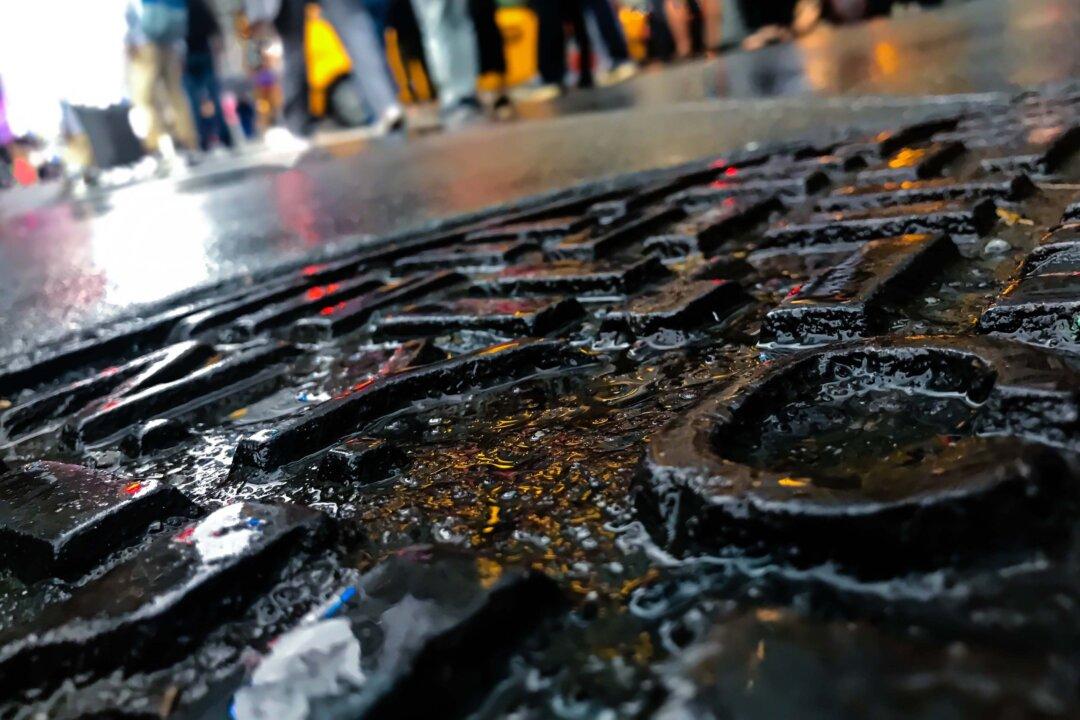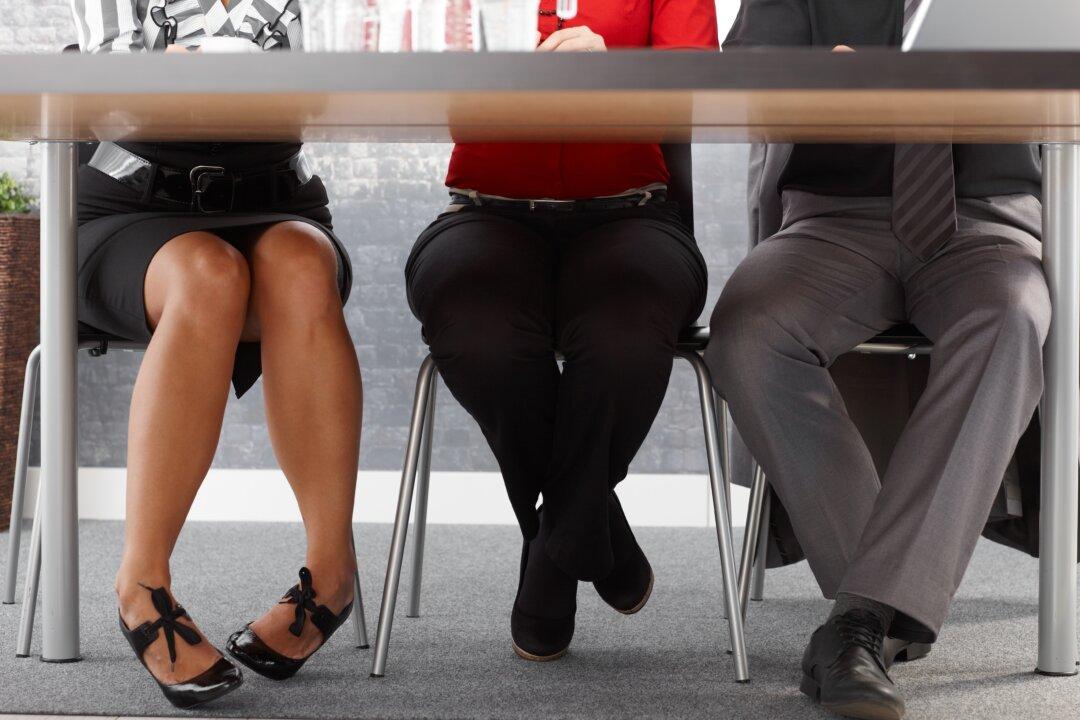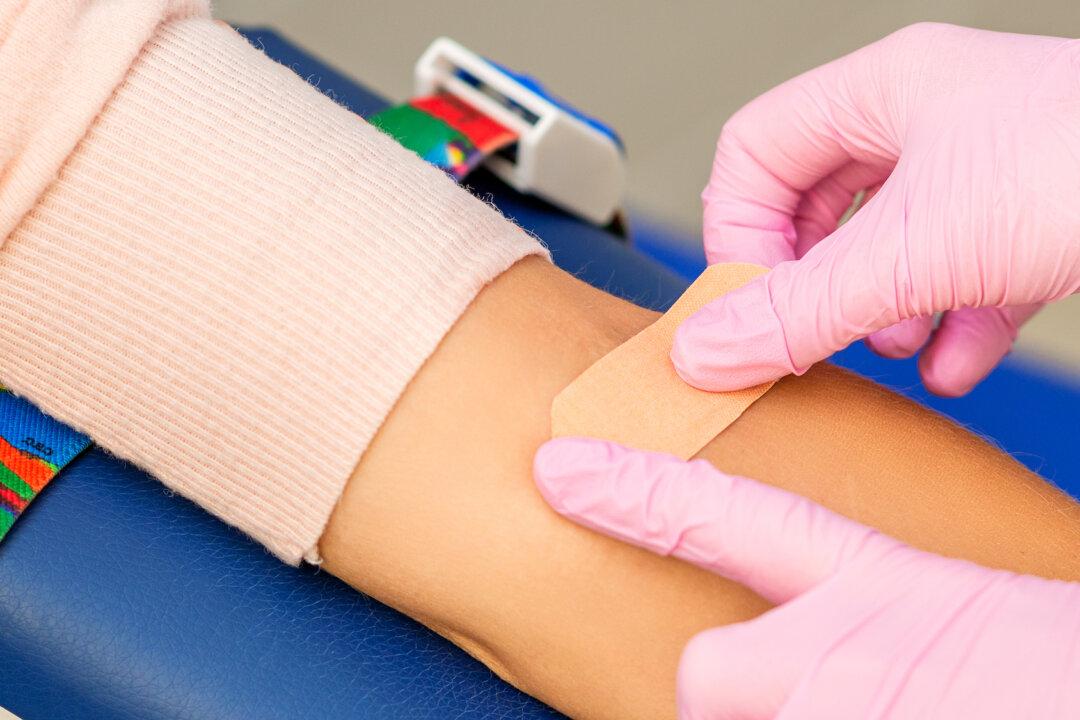Researchers have detected at least four “cryptic” variants of SARS-CoV-2, the virus that causes COVID-19, in samples of wastewater from New York City’s public sewer system.
The latest COVID variants have spread like wildfire across the globe in recent months, leading many scientists to wonder when the next variant will appear. The new research may get us one step closer to making that determination.





